Dota stands as an emblem of the evolution of gaming culture. From its humble beginnings, Dota has emerged as a global gaming phenomenon. Its journey is interwoven with:
-
The advent of online gaming platforms.
-
The establishment of competitive esports tournaments.
This article embarks on a journey to explore Dota's origins. We will delve into how it transformed from a creative endeavor.
As we venture deeper, we will navigate the core rules that govern Dota's gameplay. We will be peeling back the layers that guide players through their strategic battles.
What Is Dota
Dota is an abbreviation for Defense of the Ancients. It's a genre-defining multiplayer online battle arena (MOBA) game. It has captured the hearts of millions of players globally. It combines elements of strategy, teamwork, and intense combat.
Dota has transcended its origins to become a cornerstone of the competitive gaming landscape.
We can trace back the game's roots to the modding community of Warcraft III. It's a real-time strategy game developed by Blizzard Entertainment. But Dota's evolution was far from ordinary.
Roots Back to Maps in Warcraft
Its start can be attributed to the experiments within the custom maps of Warcraft III. Players began altering unit attributes, abilities, and core mechanics. They desired to explore beyond the confines of the base game.
These pioneering modifications laid the groundwork for what would become the MOBA genre.
Among these custom maps, a particular creation by user Eul stood out. It introduces a new style of gameplay. It struck a chord with the gaming community and marked the dawn of Dota history.
Evolution of the Game
Dota's evolution was a collaborative effort fueled by:
-
Passionate developers.
-
An engaged player base.
Modding community continued to refine and expand upon the original concept. And new iterations of the game emerged. A significant milestone in Dota's journey was the development of "Dota Allstars". And later by the enigmatic figure known as "IceFrog." These versions introduced a plethora of heroes, items, and gameplay mechanics. They would lay the foundation for the modern Dota experience. It captivated players with its complexity and depth.
How Dota's Popularity Grew
As Dota’s history shows, the rise to fame was closely linked with:
-
The emergence of online gaming platforms.
-
The establishment of competitive gaming tournaments.
Players liked the strategic team battles and intricate gameplay. And Dota provided them. The game's multifaceted nature appealed to both casual and competitive players. It required a blend of mechanical skill and strategic thinking. Esports gained traction. And Dota's complexity and the excitement of high-stakes tournaments drove its popularity.
Who Made Dota?
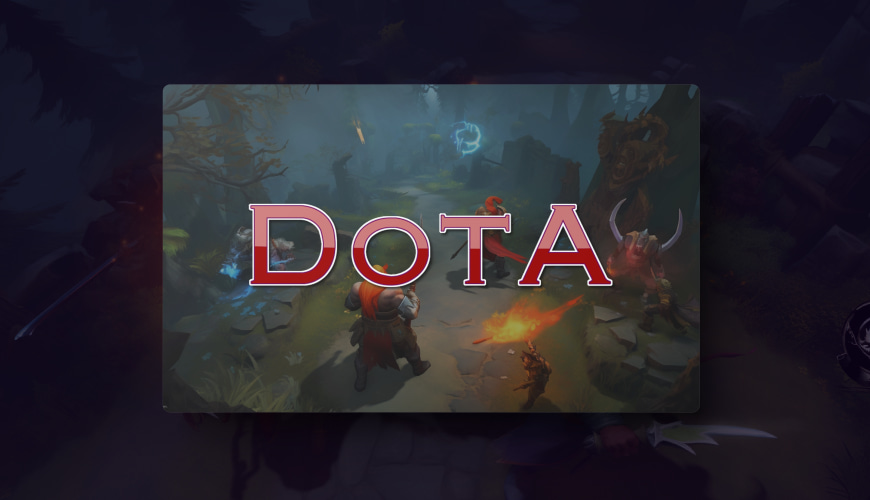
The development of Dota was a collaborative effort. It’s shaped by the contributions of several developers.
Figures like Eul and Guinsoo played important roles in the early versions. But it was IceFrog who became the driving force behind Dota's development. IceFrog had careful approach to:
-
Balancing gameplay.
-
Promoting innovation.
-
Engaging with the community.
They all played a crucial role in shaping Dota's path. It laid the foundation for Dota's lasting impact.
Who Owns Dota 2?
Valve Corporation developed and owns "Dota 2". It’s a renowned video game company. Valve Corporation is responsible for the creation, maintenance, and distribution of the game.
Dota Rules and Mechanics
Dota's battlefield is a realm of strategy and finesse. There, the tides of battle shift with every decision. To comprehend its dynamics, we must first uncover the core aim that drives players. It's the destruction of the opposing team's Ancient. This powerful structure serves as the linchpin of victory.
Yet, victory is not a linear path. Dota's mechanics form an intricate tapestry. It demands a balance between accumulating resources, gaining experience, and engaging in combat. The getting of items, mastery of abilities, and understanding of hero interactions all matter.
The Core Objective of the Game
According to Dota rules, the core of gameplay is a seemingly simple yet highly engaging goal. You must destroy the enemy team's Ancient, a powerful structure located in their base. Achieving victory is far from straightforward. Players must navigate a dynamic battlefield. They should overcome formidable AI-controlled units. And they need to coordinate their actions to break through the enemy's defenses.
Fundamental Gameplay Mechanics of Dota
Dota's gameplay mechanics create an intricate tapestry. It demands a mix of strategy, resource management, and skilled execution. According to Dota rules, players must find the right balance between:
-
Acquiring resources.
-
Gaining experience.
-
Engaging in battles.
Getting items, mastering abilities, and understanding how different heroes interact with each other are all essential elements for success in the game.
5v5 Team-Based Format
Dota's gameplay takes place in a 5v5 team-based format. There, each player takes on the role of a unique hero with distinct attributes and abilities. We can divide these heroes into two opposing teams. Each strives for control over the battlefield. Effective teamwork, coordination, and communication are crucial. Each hero's strengths and weaknesses ensure victory for the team.
Dota Features
Beyond its rules and mechanics, Dota offers a myriad of features. They contributed to its allure. The diverse hero selection phase. There, teams meticulously choose their champions, setting the stage for unique strategies. The ebb and flow of battles are further influenced by the dynamic map, critical objectives, and the presence of neutral creeps within the jungle.
These features, in combination, create an ever-evolving landscape. It keeps players engaged and invested. And in this block, we will focus on the game's core features.
Diverse Hero Selection
At the heart of Dota's appeal is its wide range of heroes. Each represents a unique archetype and playstyle. The hero selection phase is a pivotal moment. It shapes the team's composition and strategy.
Dota features agile assassins, versatile spellcasters, or resilient tanks. Dota's diverse hero pool ensures there's a character suited to every player's preferences.
Strategic Gameplay
Dota is a strategic masterpiece. Players must weigh the potential risks and rewards of their actions. They must decide when to engage in battles. And they need to think when to focus on gathering resources, and when to focus on map objectives. The ever-changing nature of the game requires adaptability and strategic thinking. And the outcome of a battle can shift in an instant.
Team-Based Battles
Those who made Dota, thought through in detail the climax of Dota. And this is the teamfight. It's a synchronized clash of abilities, positioning, and timing. Successful engagements demand players to coordinate their hero's unique skills with those of their teammates. It creates devastating combinations that can turn the tide of battle in their favor.
Dynamic Map and Objectives
Dota's battlefield is a dynamic arena filled with strategic objectives. Players must compete for control over critical areas. They're as the Roshan pit, to gain advantages that can influence the course of the game. The presence of neutral creeps adds another layer of complexity. It allows players to gather resources and experience in the jungle. It further affects map control and strategy.
Regular Updates and Esports
Dota's lasting appeal is maintained through a commitment to innovation and balance via regular updates. Dota features updates introducing new heroes, items, and adjustments to gameplay. It ensures the game stays exciting and captivating. Also, Dota's vibrant esports scene showcases top-tier skill and strategy. It draws both players and viewers into the thrilling realm of competitive Dota.
Heroes and Their Roles
Dota's essence lies in its varied heroes, each with a unique role in battles. Initiators spark action by surprising foes and controlling fights. Disablers manage the battlefield, disrupting rivals and helping teammates.
Knowing these roles is vital for creating balanced teams and strategies. They can lead to success in Dota's world.
In this block, we will focus on each type of hero. That is how you will know what to choose for mastering Dota. And this will lead to your victory over the enemy.
Carry Heroes
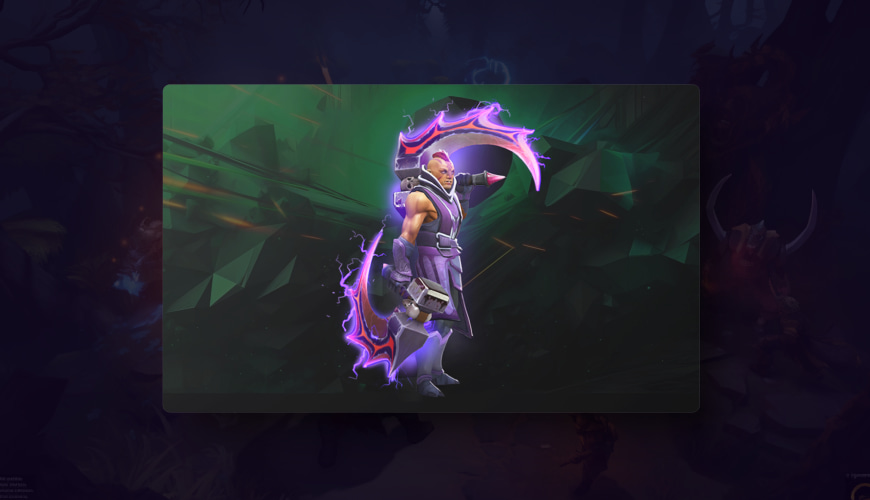
Carry heroes rise as the centerpiece. They orchestrate their dominance over time as the match progresses. Carry heroes gradually become more powerful as the game unfolds. They reach their peak strength in the late game. They have a variety of abilities and are boosted by resources and experience. And carry heroes transform into unstoppable forces. Their main role involves:
-
Dealing devastating damage to opponents.
-
Destroying structures.
-
Securing victory during critical moments.
In Dota history, carry heroes are fascinating due to their journey from beginnings to awe-inspiring dominance. Early in the match, carry heroes focus on gathering resources. And they can reach their full potential. As the game advances, their damage output grows exponentially. It makes them pivotal in shaping the course of battles. Heroes like Anti-Mage, Spectre, and Phantom Assassin embody the carry archetype. Their impact becomes more pronounced as the game reaches its climax.
Support Heroes
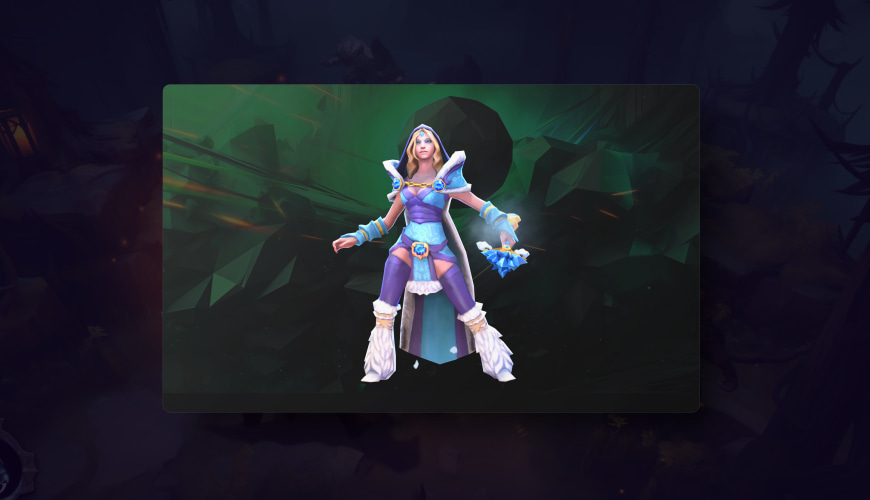
In Dota, success is not only defined by flashy displays of power. But it's also defined by the subtle acts of support that often go unnoticed. Support heroes emerge as the quiet yet essential pillars of strength. It provides crucial help to their team. These selfless champions take on a range of responsibilities beyond direct combat. They contribute to team unity and ultimate victory.
Support heroes shine by excelling in healing and restoration. It revives teammates in the heat of battle. Also, abilities to control enemy movements create opportunities for allies to capitalize on. Vision is also a hallmark of supporting heroes. They ensure their team stays aware of the nuances of the battlefield.
According to Dota game rules, support heroes contribute in various ways. Whether it's placing wards to provide vision or using healing spells to keep in the fight. Heroes like Crystal Maiden, Lich, and Dazzle embody the essence of support. They embody values of selflessness and dedication that define this crucial role.
Initiator Heroes
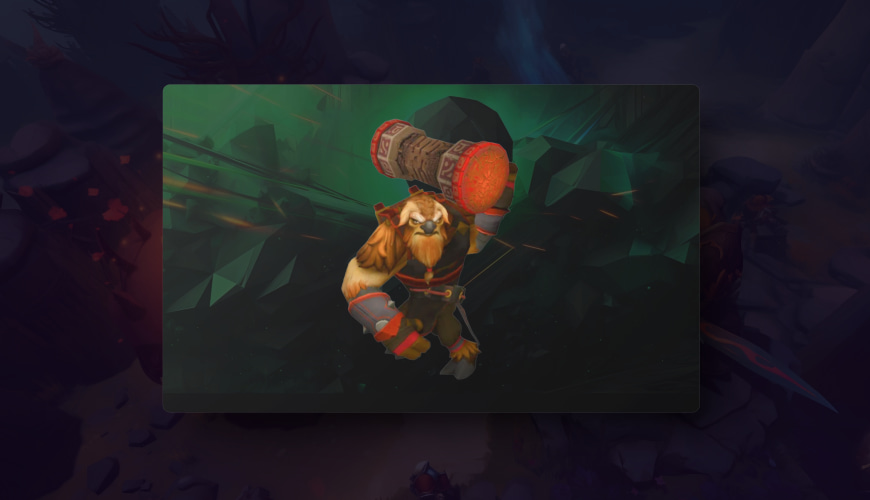
Initiator heroes are like architects of chaos and opportunity on the battlefield. Just by being there, they can change how battles unfold. They spark teamfights that could reshape the game. With abilities that disrupt and a sharp sense of timing, they surprise opponents. And they create chances for their team to take the lead.
According to Dota rules ,these heroes need to really understand how battles work. Their abilities confuse enemies and destabilize them. It makes them defensive and exposes their weaknesses. Initiator heroes set the pace of fights, control how they go, and dictate what happens.
Heroes like Earthshaker, Tidehunter, and Centaur Warrunner show how skilled initiators are. They mess up enemy formations, stop opponents, and start clashes. They're right at the front of battles, ready to lead their team to victory.
Disabler Heroes
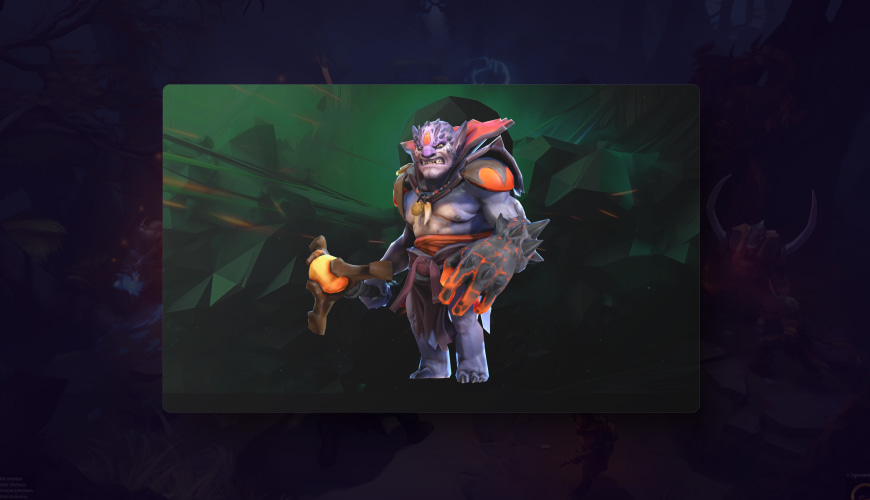
In Dota's battles, disabler heroes are like masters of controlling the battlefield. They have a bunch of abilities that can mess up fights for opponents. These heroes are experts at stopping enemies' actions and movements. They put limits on how the fight goes.
It's a bit like an art form, how they control the battlefield so well. Their stuns, silences, and effects that stop opponents are timed just right to mess up their plans. By stopping the most important targets, they cause chaos among enemies. They break up their groups, and make chances for their own team.
Dota features Lion, Shadow Shaman, and Bane. They’re perfect examples of disabler heroes. They turn the battlefield into a mess with their abilities. As masters of chaos, they control how battles play out, making sure they're in charge.
Nuker Heroes
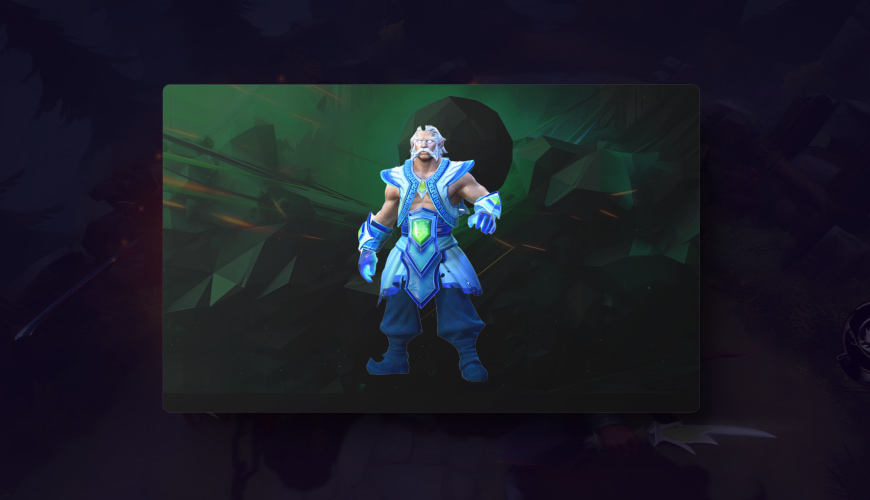
When battles are happening, nuker heroes are like messengers of quick destruction. They can deal a ton of damage in an instant. These heroes are great at giving enemies sudden bursts of damage. It can wipe them out fast and change how fights go.
Nuker heroes can change the course of battles right away, making a big difference. Their powerful abilities keep them strong throughout the match.
Dota features heroes like Lina, Zeus, and Queen of Pain. They’re top examples of nuker heroes. They can deal huge damage fast, turning the tide of battles. Their abilities can change the game and help their team win.
Pusher Heroes
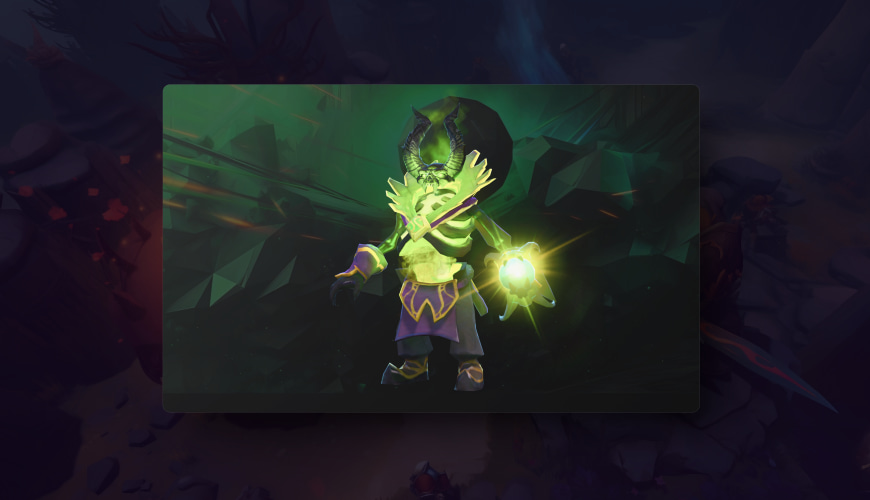
In Dota, battles aren't just about heroes fighting. The battlefield is the whole area where fights take place. Pusher heroes are like experts at controlling this space. They can destroy structures and put pressure on objectives, helping their team in a big way.
Pusher heroes make opponents feel pressure in different parts of the battlefield. They're great at taking down towers and buildings, slowly making their team stronger. By controlling key areas, they make sure their team is ahead.
Heroes like Nature's Prophet, Pugna, and Leshrac are what Dota has as great examples of pusher heroes. They're great at changing the battlefield by destroying structures. These heroes have skills at strategy, and their actions help their team succeed.
Jungler Heroes

Between the lanes and battles, there's a secret area called the jungle. It's full of resources and experience waiting to be used. Jungler heroes are like masters of this jungle. They spend time there, getting stronger by killing neutral creatures. And they get resources away from the main lanes.
In Dota rules, these heroes do a special job for their team. They find a balance between farming the jungle and helping their teammates. They're good at clearing out neutral camps quickly. They're getting important resources, and creating opportunities for surprise attacks.
Heroes like Enigma, Chen, and Nature's Prophet show how skilled jungler heroes are. They use the jungle to make their team stronger, even when things are uncertain. Their actions help their team do well in the game.
Bottom Line
In essence, Dota has evolved from its custom map to a worldwide gaming sensation. Its journey is intertwined with the growth of online gaming and competitive esports.
Now, you know who owns Dota, its rules and mechanics. Dota's features highlight its enduring appeal. Understanding the game's origins, rules, and features is key to appreciating its impact on the gaming landscape. It captivates players and shapes the future of competitive gaming.
FAQs
What is the point of Dota?
The point of Dota is to work as a team to destroy the opposing team's Ancient. It's a powerful structure located in their base.
Why is Dota so addictive?
It's due to its complex strategy, diverse hero pool, and competitive nature. It engages players' skills and offers continuous challenges.
Is Dota similar to LoL?
Dota and League of Legends (LoL) share similarities. They're multiplayer online battle arena (MOBA) games. But they also have distinct differences in gameplay and mechanics.
Is Dota 2 the hardest game in the world?
Whether Dota 2 is the hardest game in the world is subjective. Difficulty varies from player to player and depends on personal skill and experience.
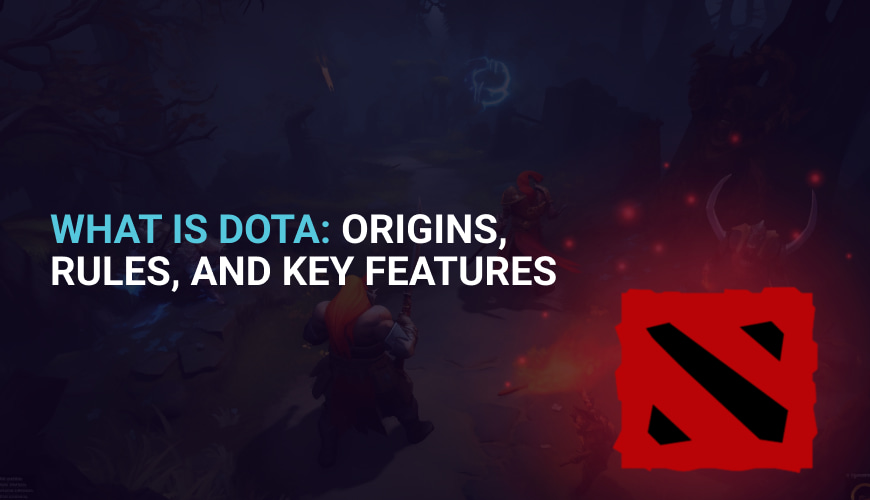
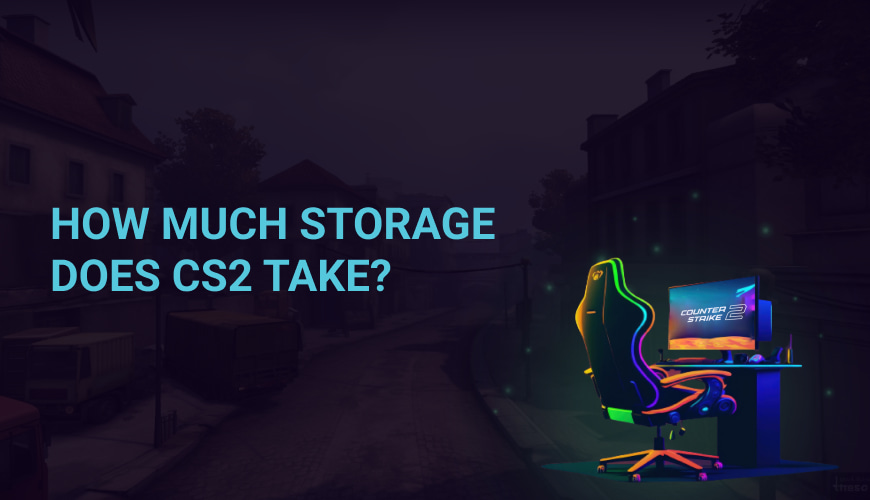
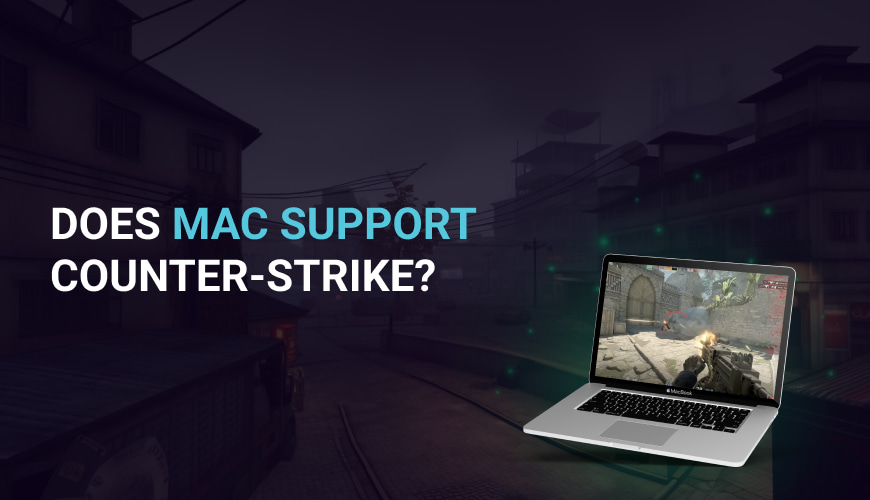

0 comments
Add a comment